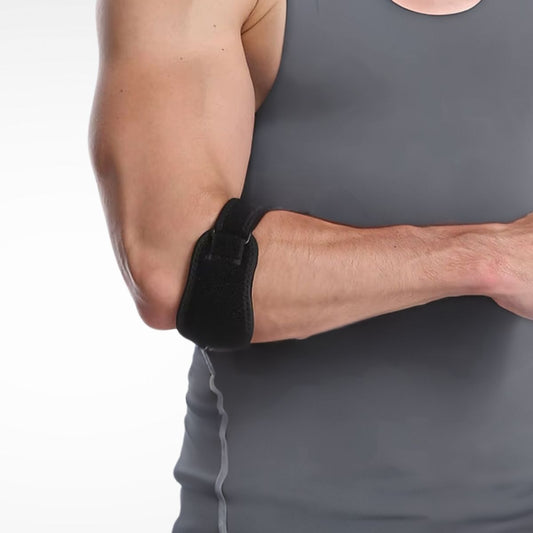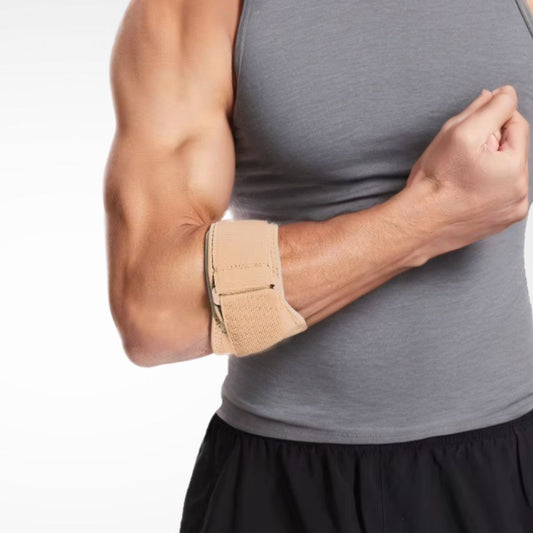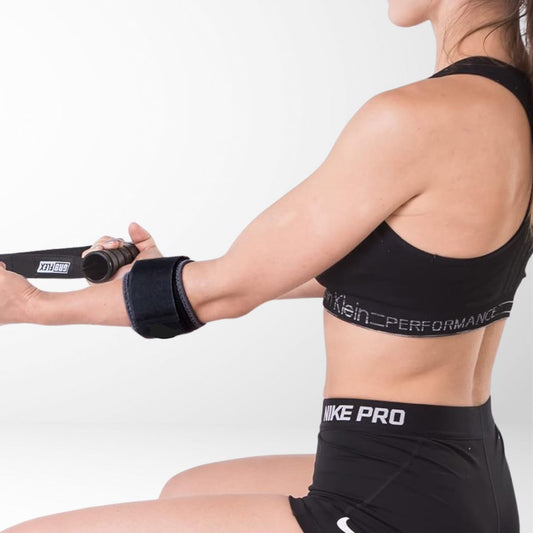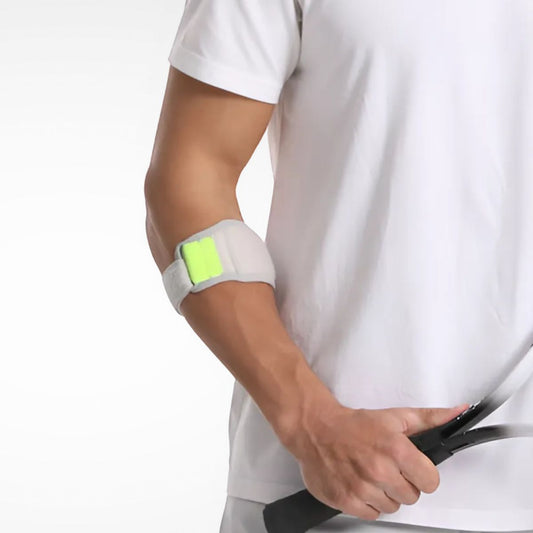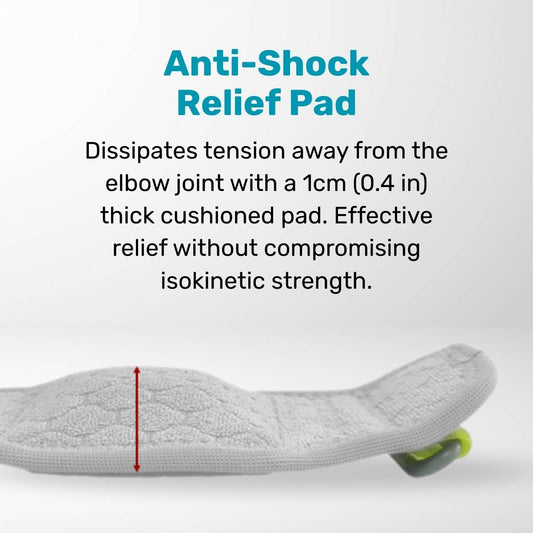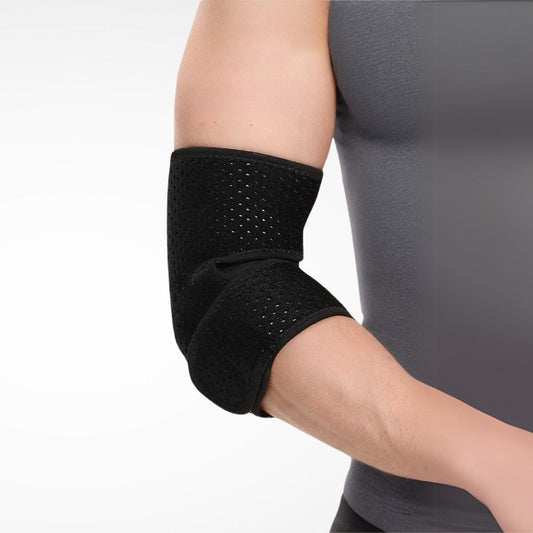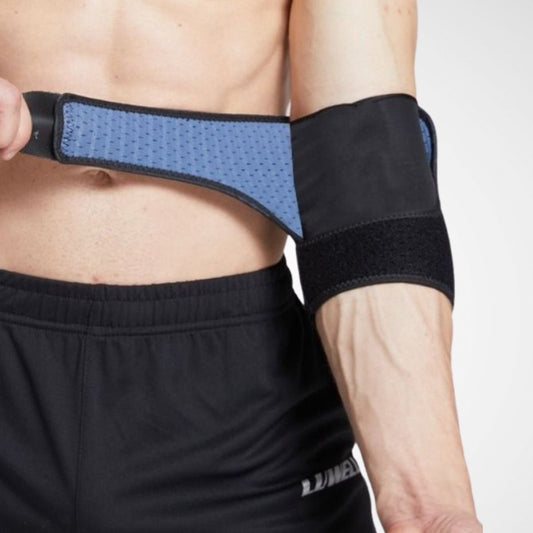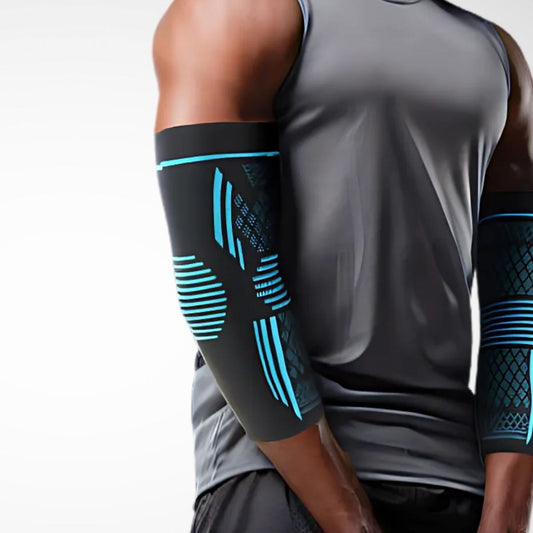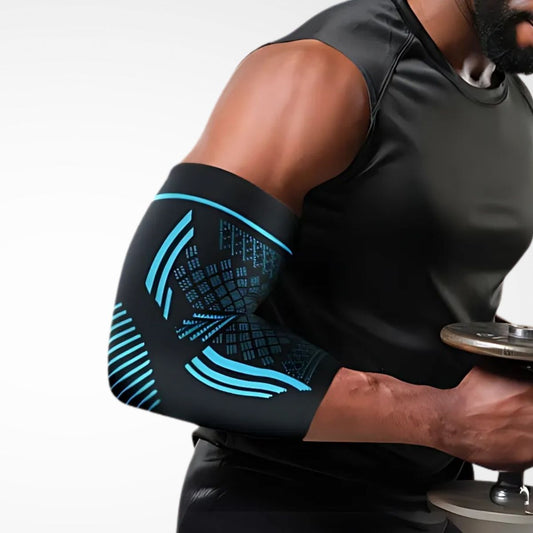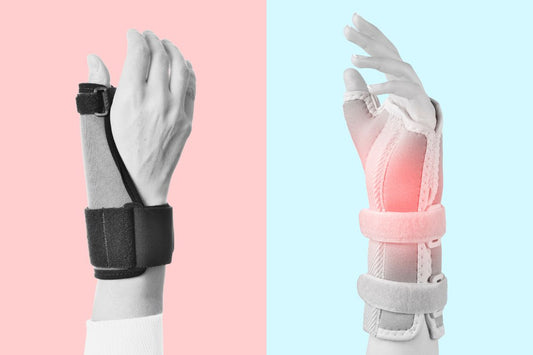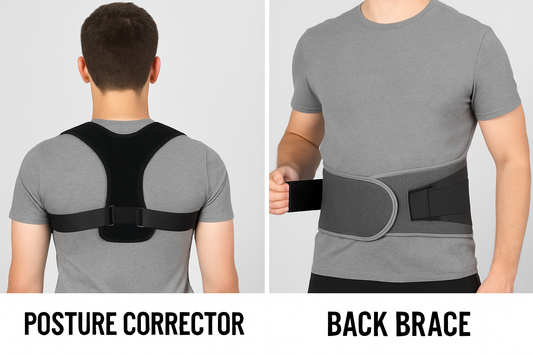If you’ve ever experienced elbow pain from repetitive motion — whether from sports, work, or even household chores — you might have wondered: Is this tennis elbow or golfer’s elbow? Despite the sporty names, you don’t need to play tennis or golf to develop either condition.
Let’s break down the differences between these two common types of elbow tendonitis, explore their symptoms, and outline the best recovery methods, including the use of supportive tools like braces.
Tennis Elbow Explained:
Tennis elbow (lateral epicondylitis) is an overuse injury that affects the tendons on the outside of your elbow. It’s usually caused by repetitive extension of the wrist and arm — like when swinging a tennis racket, using a screwdriver, or even typing for hours.
Symptoms include:
- Pain or burning sensation on the outer elbow
- Weakened grip strength
- Discomfort when lifting, shaking hands, or turning doorknobs
- Tenderness along the forearm
Golfer's Elbow Explained:
Golfer’s elbow (medial epicondylitis) is similar in nature but affects the inside of the elbow, targeting different tendons. It’s triggered by repeated flexion and gripping motions — not just in golf, but also in activities like weightlifting, gardening, or throwing sports.
Symptoms include:
- Pain or tenderness on the inner elbow
- Stiffness and limited motion
- Pain when making a fist or flexing the wrist
- Numbness or tingling that may radiate into the ring and little fingers
How to Treat Tennis and/or Golfer’s Elbow
1. Rest and Activity Modification
The most important first step is reducing or avoiding the activity that caused the injury. Pushing through the pain only delays healing and may worsen the condition. In many cases, tennis elbow or golfer's elbow heal on their own, so you should get proper rest to avoid further straining your elbow in order to give it a chance to recover.
2. Ice Therapy
Apply ice packs to the affected area for 15–20 minutes at a time, a few times a day. This helps reduce inflammation and alleviate pain.
3. Stretching and Strengthening Exercises
Gentle stretches and eccentric strengthening exercises can speed up tendon recovery. For tennis elbow, wrist extension stretches are helpful. For golfer’s elbow, focus on wrist flexor stretches.
4. Use a Brace or Strap
A well-fitted tennis elbow brace or counterforce strap can take pressure off the affected tendon. For golfer’s elbow, similar braces are worn on the forearm to absorb strain from gripping movements.
These supports are especially helpful during recovery or while easing back into physical activity. They can also serve as a preventative tool for people who are prone to flare-ups.
5. Over-the-Counter Medications
Anti-inflammatory medications (NSAIDs) like ibuprofen may provide temporary relief from pain and swelling. However, they should be used in moderation and as recommended by your physician.
6. Physical Therapy
A therapist can help correct faulty mechanics in your movements, provide guided strengthening routines, and use modalities like ultrasound or dry needling to support tendon healing.
7. Corticosteroid Injections or PRP Therapy
In persistent or severe cases, a doctor might suggest a Lateral Epicondylitis injection, such as a cortisone shot or Platelet-Rich Plasma (PRP) injection. These can offer longer-term relief, but they’re typically used only when conservative care isn’t enough.
Prevention Tips for Both Conditions
- Warm up your arms and wrists before physical activity
- Strengthen your forearm muscles regularly
- Take frequent breaks during repetitive tasks
- Use ergonomically-designed tools and sports gear
- Avoid excessive gripping or wrist twisting motions
Should I See a Doctor?
If the pain lasts more than a few weeks despite rest and home care, it’s wise to consult a healthcare provider. Prolonged inflammation can lead to tendon degeneration, which may require more intensive treatment.
Final Thoughts
Both tennis elbow and golfer’s elbow are painful, frustrating conditions — but with the right care, they’re also very treatable. Early intervention, smart prevention strategies, and supportive tools like elbow braces can help you recover fully and get back to doing what you love.
If you’re currently struggling with either condition, our tendonitis elbow braces feature a variety of options designed to support your recovery and protect your elbow during daily activity.


